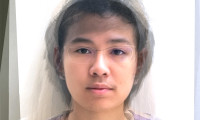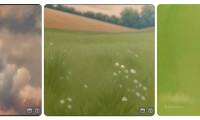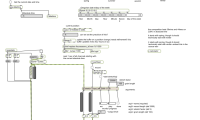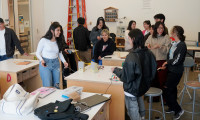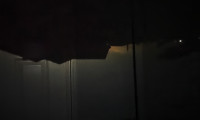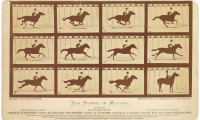teaching
Teaching Statement
From Pinhole to Pixel: Cultural Contexts and Technological Evolution
In my classroom, students might begin by piercing blackout drapes with pins and projecting images of the world on their hands. This moment—where light becomes image through the simplest possible mechanism—establishes my core pedagogical approach: students must understand technology through direct, embodied engagement before they can critically evaluate its cultural implications. As the first Fletcher Jones Scholar of Computation at Scripps College, I developed a teaching framework built on four interconnected principles that prepare students to be thoughtful creators and critical users of technology.
Embodied Learning Through Direct Engagement
My pedagogical approach is grounded in the principle that genuine understanding emerges through physical interaction with fundamental processes. When teaching digital imaging, students create portraits using software that reproduces the specifications of Steve Sasson's first digital camera from 1975: 100x100 pixels with 4 bits per pixel, or 16 shades of grey. Working within these stark constraints, students directly experience how digital images are constructed from discrete units of information while making creative decisions about portraiture. This embodied approach extends across disciplines: in my sound courses, students begin outdoors mapping natural acoustic phenomena—measuring how sound waves bounce off buildings, experimenting with echo timing—before building their own distortion circuits. They physically modify speakers to understand frequency response and create devices that must communicate with precise timing in classroom-wide message relays. This progression from physical experimentation to technical application ensures students develop intuitive understanding alongside analytical skills.
Historical and Cultural Contextualization
Understanding how we arrived at current technological paradigms illuminates both their possibilities and limitations. Students trace the evolution of imaging technology through hands-on recreation of pivotal innovations: manipulating image matrices with OpenCV, reverse-engineering Instagram filters, and reconstructing color photographs from Prokudin-Gorsky's revolutionary three-color separation plates from the early 1900s. In sound processing, students analyze classic circuits like the Fuzzface's germanium transistor clipping, understanding both mathematical principles of waveform manipulation and the musical implications of different circuit designs. This historical approach reveals that technological development is neither inevitable nor neutral—each innovation reflects specific cultural priorities and constraints. Students discover that by understanding the problems earlier generations solved, they can better identify the assumptions embedded in contemporary systems and imagine alternative approaches.
Technical-Artistic Integration
Rather than treating technical and creative work as separate domains, my courses demonstrate how artistic constraints can deepen technical understanding. When students work within the 16-shade limitation of early digital cameras, they must understand both binary number representation and principles of effective portraiture. Training StyleGAN models requires grappling with dataset curation—a process that is simultaneously technical (understanding how neural networks learn features) and artistic (making aesthetic choices about desired outputs). In my proposed course "Data Structures in Place," students compare Western computer science's linked list structures with Cherokee oral traditions that encode interconnected information through place-based narratives. These comparisons reveal how different cultural approaches to the same fundamental challenge—organizing and traversing information—illuminate both computational concepts and cultural assumptions. This integration prepares students for interdisciplinary careers where technical proficiency must be combined with creative problem-solving and cultural awareness.
Critical Technological Literacy
Throughout this curriculum, students develop understanding that technological systems are culturally embedded frameworks for representing and understanding the world. When training AI models, students must consider not classification accuracy but dataset bias and the social implications of their algorithmic choices. Building sound installations requires understanding both circuit design and acoustic psychology—how technical decisions shape human experience. In the message relay project, students discover the importance of designing robust interfaces between different communication methods, learning that technological mediation always involves interpretation and potential failure. Importantly, by examining how different cultures have approached similar challenges of encoding and transmitting knowledge—from Indigenous songlines to contemporary data structures—students develop critical awareness of how all systems shape perception and expression.
Assessment and Outcomes
My assessment approach emphasizes process, discovery, and critical reflection through a structured rubric adapted from Golan Levin at Carnegie Mellon. Students create detailed project portfolios that demonstrate engagement with both intended and unexpected outcomes, with comprehensive documentation requirements that ensure deep engagement with both technical and cultural implications of their work.
This framework develops technological literacy that transcends mere technical competency. Students learn to articulate how their technical and artistic choices engage with larger questions about representation and cultural understanding. They discover that becoming thoughtful creators requires understanding not how systems work, but why they work the way they do, whose values they embed, and what alternatives might be possible. By experiencing technology as both powerful tool and cultural artifact, students develop the critical awareness necessary to shape rather than use the technological systems that increasingly mediate human experience.
Courses
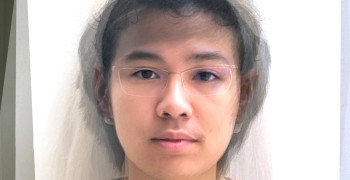
Machine Learning for Artists
The Average CP2 student in 2020 Scripps College MS160 Fall 2024 Location: TBD COURSE STAFF Professor: Douglas Goodwin …
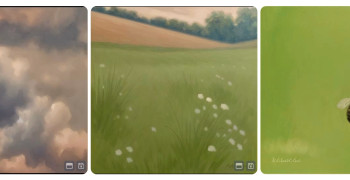
MACHINE LEARNING FOR ARTISTS
Scripps College MS038 Fall 2021 MW 09:35-10:50AM Location: Steele Hall, Room 229 COURSE STAFF Professor: Douglas …
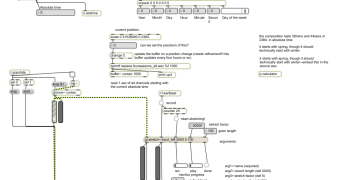
FUZZBOX PHYSICS AND POPULAR DISTORTION
COURSE OVERVIEW Fuzzbox Physics offers a hands-on exploration of sound amplification and distortion. Students will …
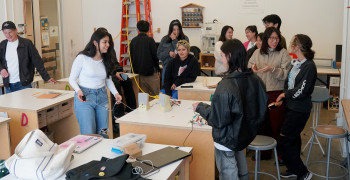
TANGIBLE MEDIA
UCLA Design Media Arts Course Schedule: Tuesday & Thursday 9:00AM - 11:50AM Location: FabLab (Broad 2250) COURSE …
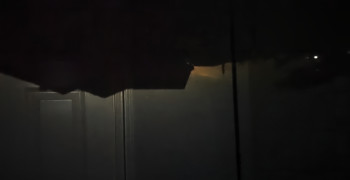
INTRO TO COMPUTATIONAL PHOTOGRAPHY / CPI
Scripps College MS159 (3 Credits) Fall 2023 Course Staff Instructor: Douglas Goodwin Email: dgoodwin@scrippscollege.edu …
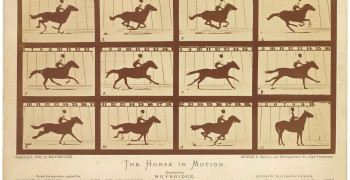
Unconventional Computing
CalArts CSCM351 (3 Credits) Spring 2025 | Wednesdays, 1:00–4:00 PM Location: Butler Building, Room 4G Course Overview …
